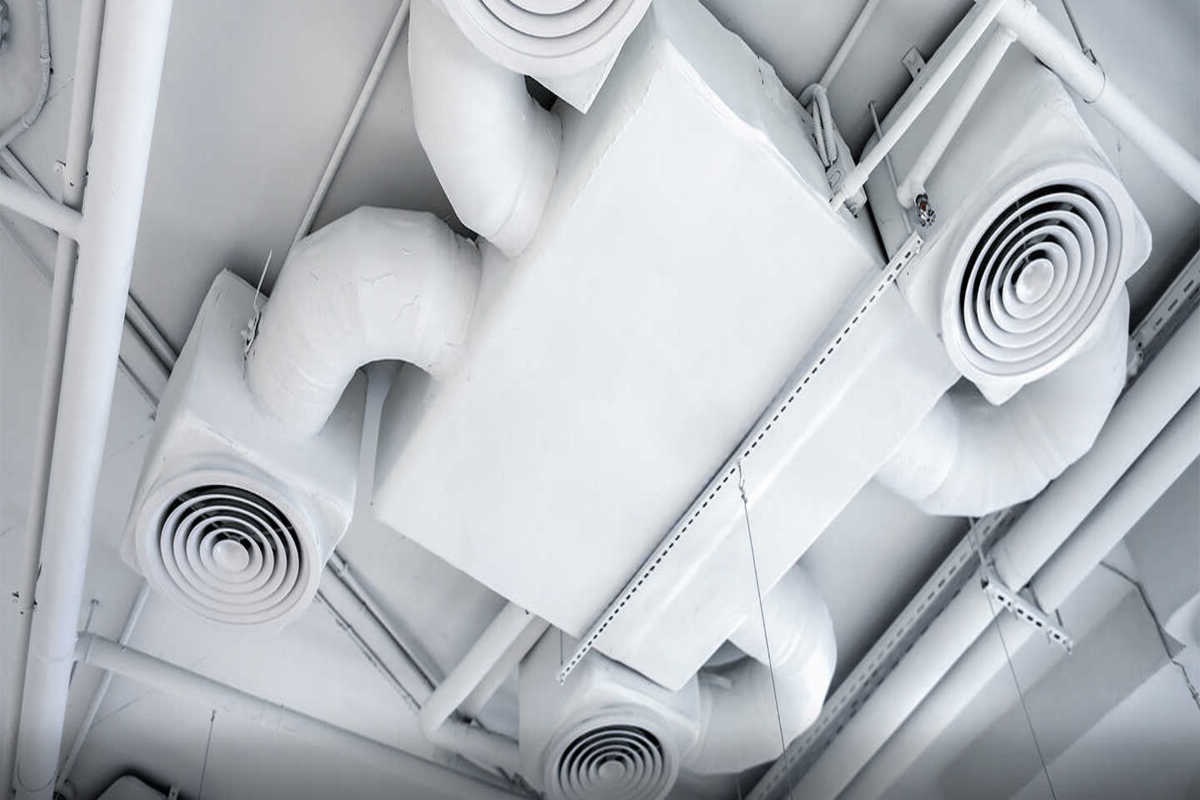Ventilation Systems: Health, IQ, and efficiency depend on air quality. The COVID-19 pandemic showed a symphony of fresh air currents and limited airflow. The opponent cannot fly.
To save energy and reduce carbon pollution, this arrangement must be altered. Innovative air systems utilize less energy. As shown by LEED, WELL, BREEAM, and NABERS, indoor air quality is vital in this industry. Airflow is scarce. Energy-efficient and cleaner.
Various ventilation systems perform this intricate dance to transport clean air through buildings. This is done differently by passive, active, and hybrid groups. Zephyrs and temperature changes create air currents without much energy. Cross-ventilation and stack ventilation demonstrate strategic design’s poetic air movement.
Passive bands may not operate in all conditions. Like corporate citadels, modern buildings obscure their entrances. Drawings and motions are in this chiaroscuro. Symbiosis reduces pollution and costs. Warming air through the natural opening in winter requires less energy.
An essential idea: what you can’t see is sometimes the most emotional, which gives this dance its fascinating beat. Sincere analyses of indoor and outdoor air quality lead to sensible design decisions that ensure air quality is never impacted. Filtered air is safe for breathing.

Read More: Penske Automotive Group Ex-Dividend Date and Dividend Growth A Smart Investor’s Guide
It costs money like other trades. From the waltz to the turn, mechanical dance moves require energy. The beauty of fresh air and the chaos of too much energy must be balanced. Champion energy-recovery athletes are highlighted. Stop squandering by dancing. It’s instructive. Tell a story about ventilation. Several people must defend a story.
Air quality is monitored by intelligence. For maximum efficiency, real-time data on air quality, room occupancy, and symphony performance encourages proactive alterations. Being cautious reduces risks and costs. Hastiness casts a shadow. Fans and pipes hide a building’s carbon footprint. Simple is preferable to complicated, as “Less is more” implies.
Planned travel begins. Ventilation is architectural. A world-saving symphony is being composed by architects, artists, and engineers. Collaboration links inactive objects to active ones. Creating important, sustainable sanctuaries requires a symposium to bring together design, building services, and occupant professionals.
Our Reader’s Queries
What are the 4 types of ventilation systems?
Natural ventilation is a popular form of ventilation that is widely known. Mechanised fan ventilation, smoke ventilation, supply ventilation, exhaust ventilation, and balanced ventilation are other types of ventilation systems that are available. Each of these systems has its own unique features and benefits. By understanding the differences between them, you can choose the one that best suits your needs.
What is the best ventilation system for a house?
Mechanical ventilation and heat recovery (MVHR) is a smart system that eliminates stale air from your home and replaces it with fresh air. This process not only ensures a constant supply of clean air but also recycles the heat from the outgoing stream and transfers it to the incoming channel. With MVHR, you can be sure that no waste heat is lost as it is efficiently reused, making it the only type of ventilation that doesn’t just throw heat outside.
What is the ventilation system?
A home ventilation system functions by bringing in clean air from outside and expelling polluted indoor air. It eliminates unwanted odors, excessive moisture, heat, dust, and hazardous gases to create a more comfortable living environment. With the help of ventilators, you can enjoy fresh and healthy air in your home.
What is the most efficient ventilation system?
While natural ventilation is the most energy-efficient option, mechanical ventilation systems can also be made more efficient. This can be achieved by using high-efficiency fans, sealing and insulating ducts, and incorporating occupancy sensors. These measures help to reduce energy consumption and improve the overall efficiency of the system.

